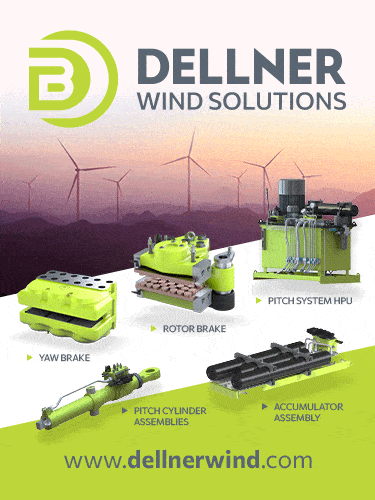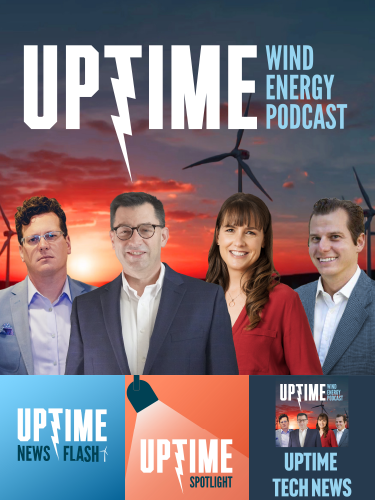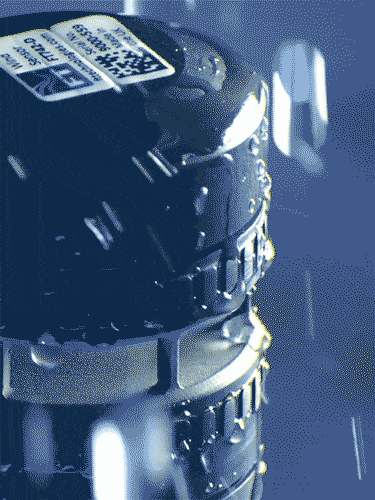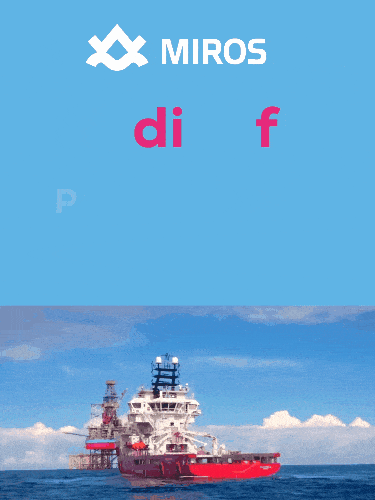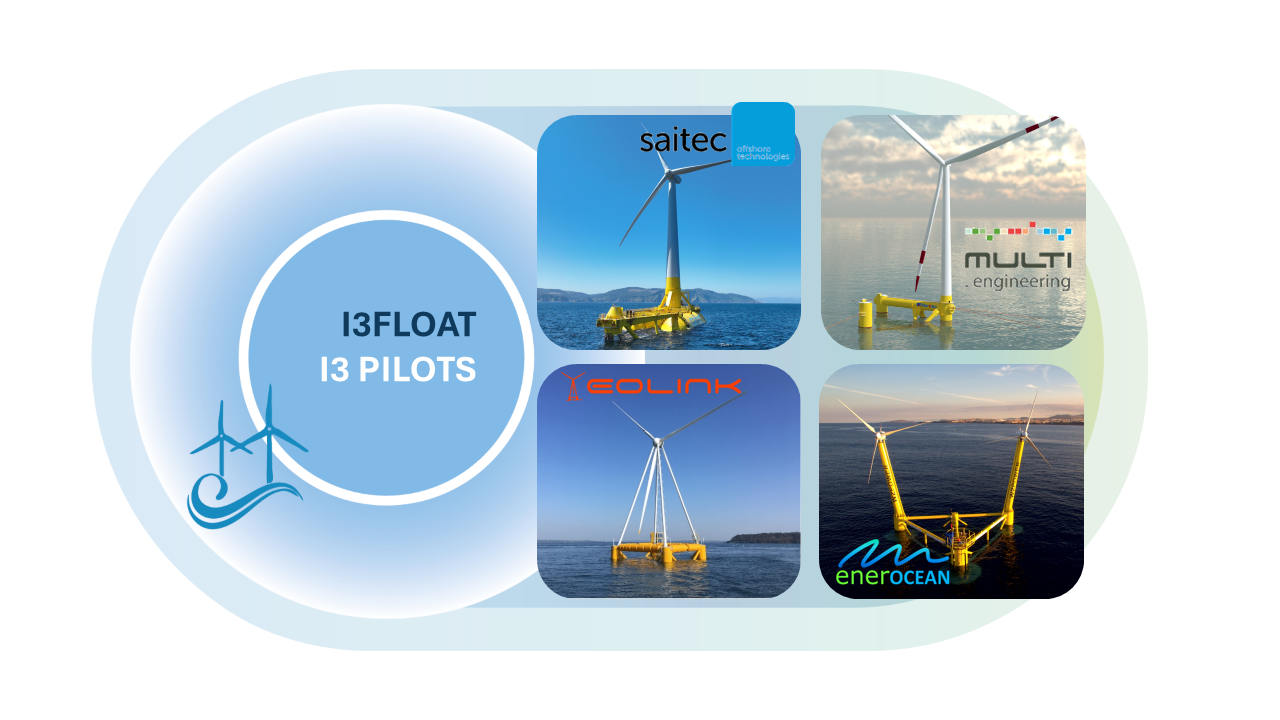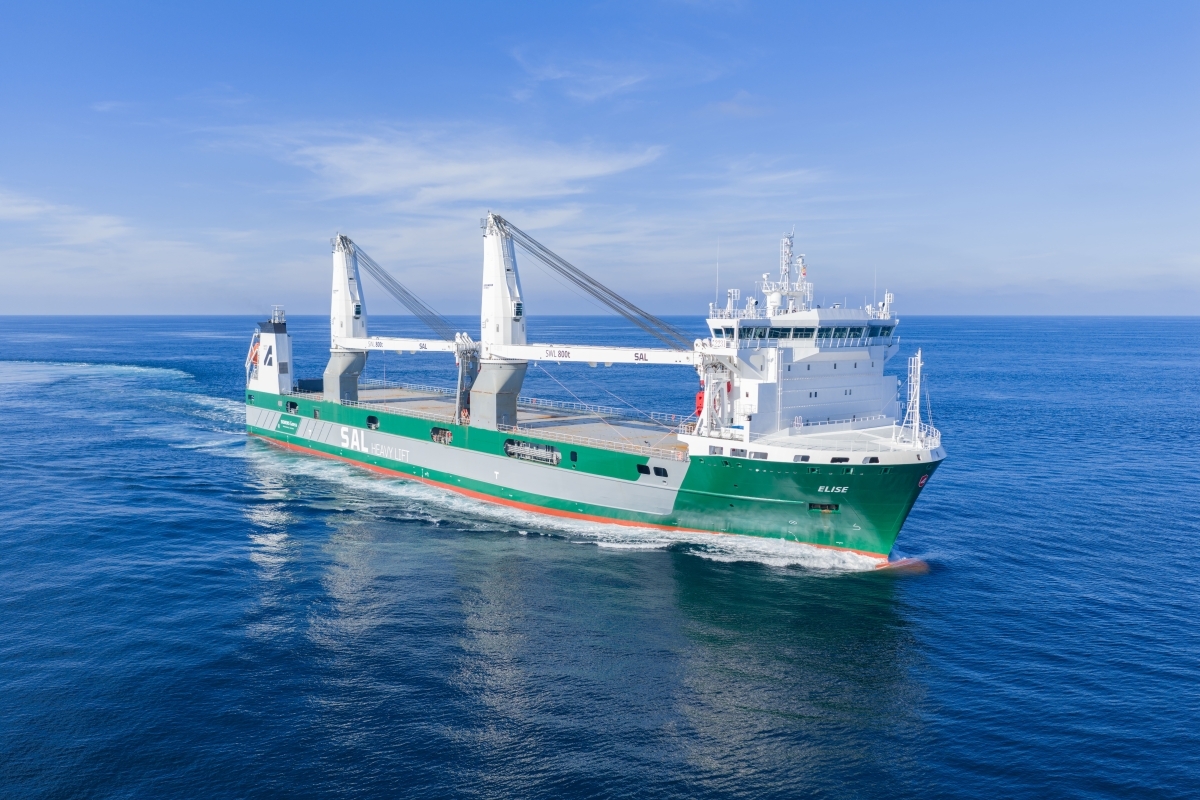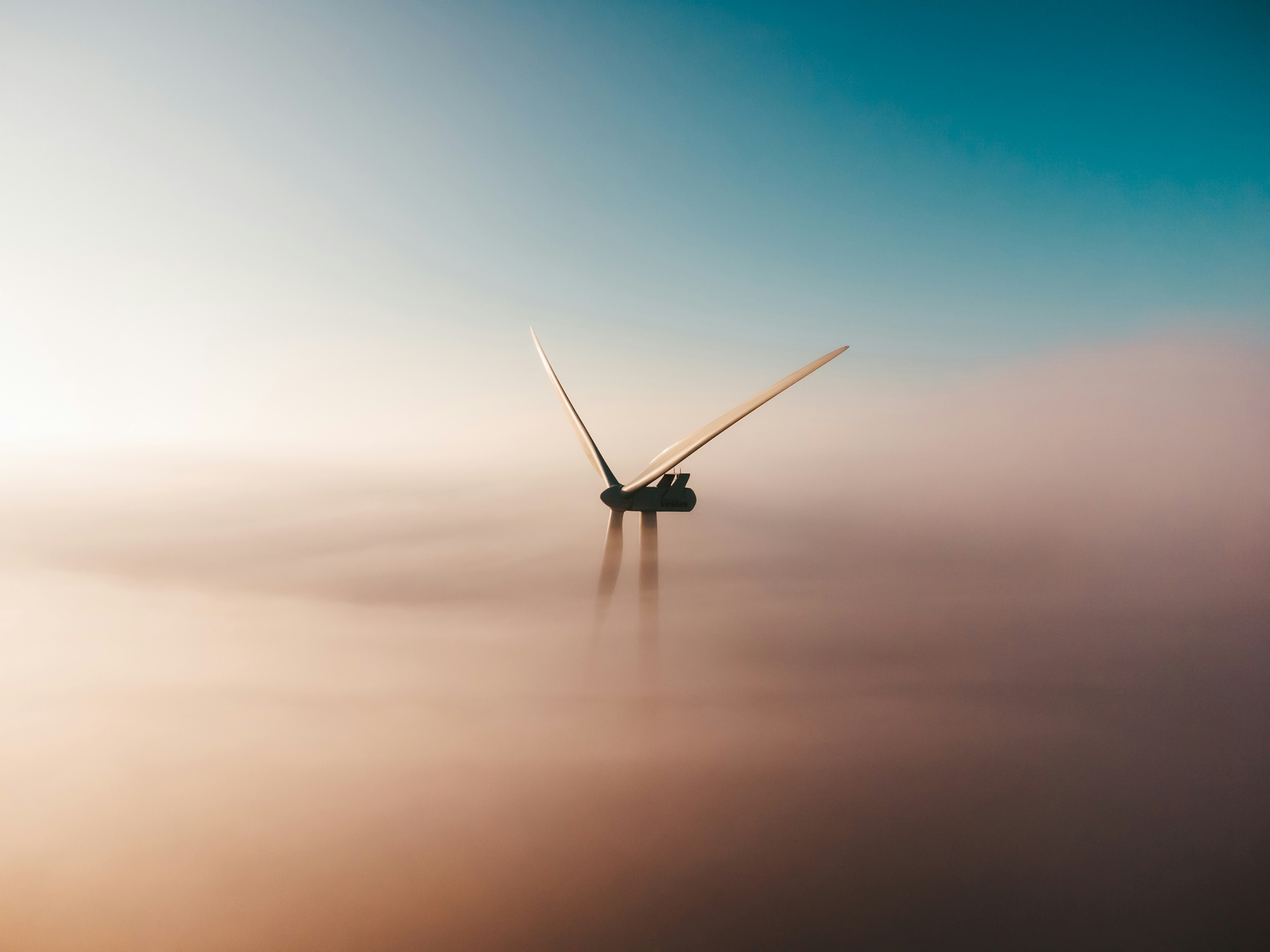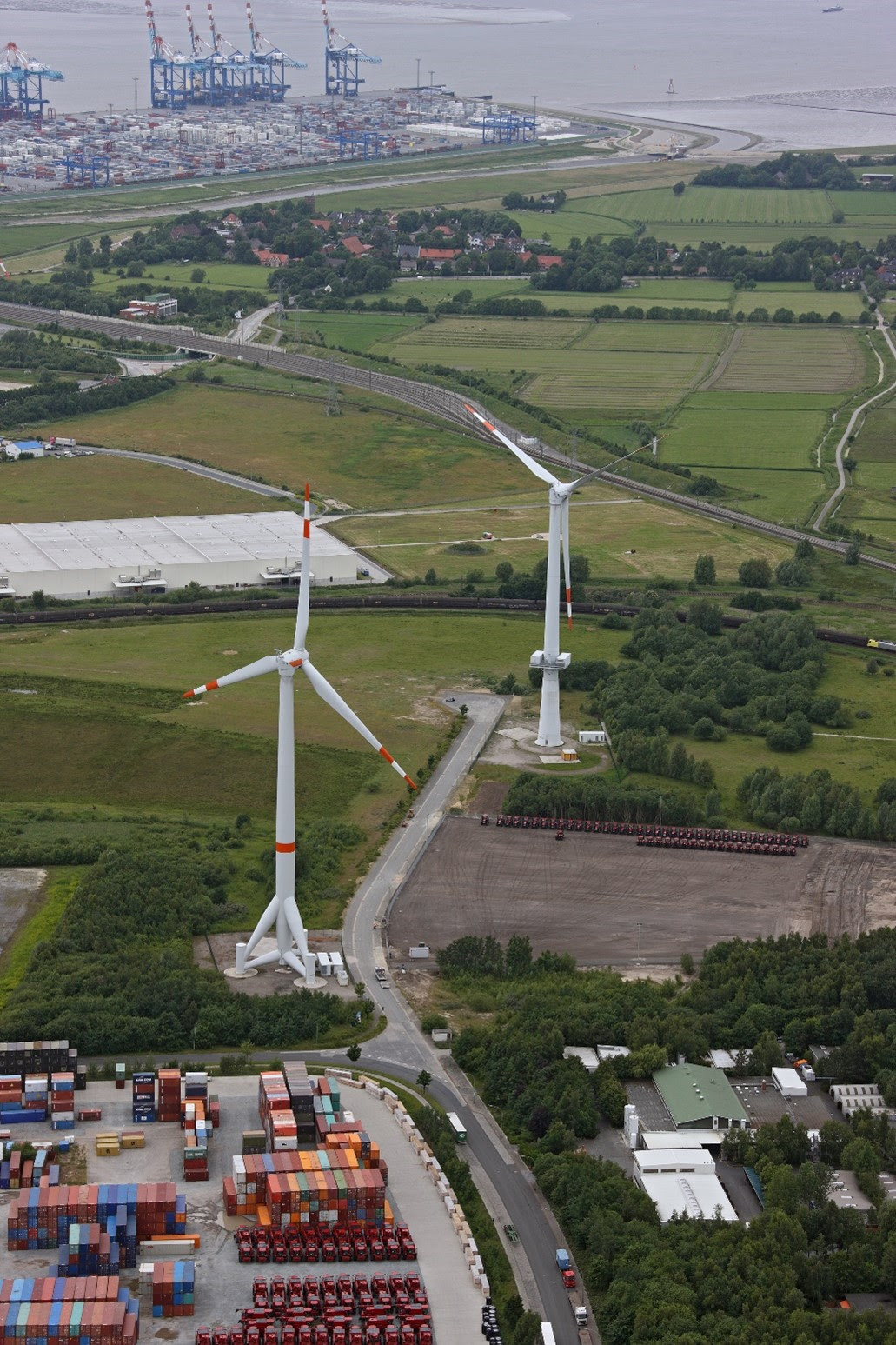News
Jan De Nul launches largest cable-laying vessel in the world
Published in: Wind, Press Releases
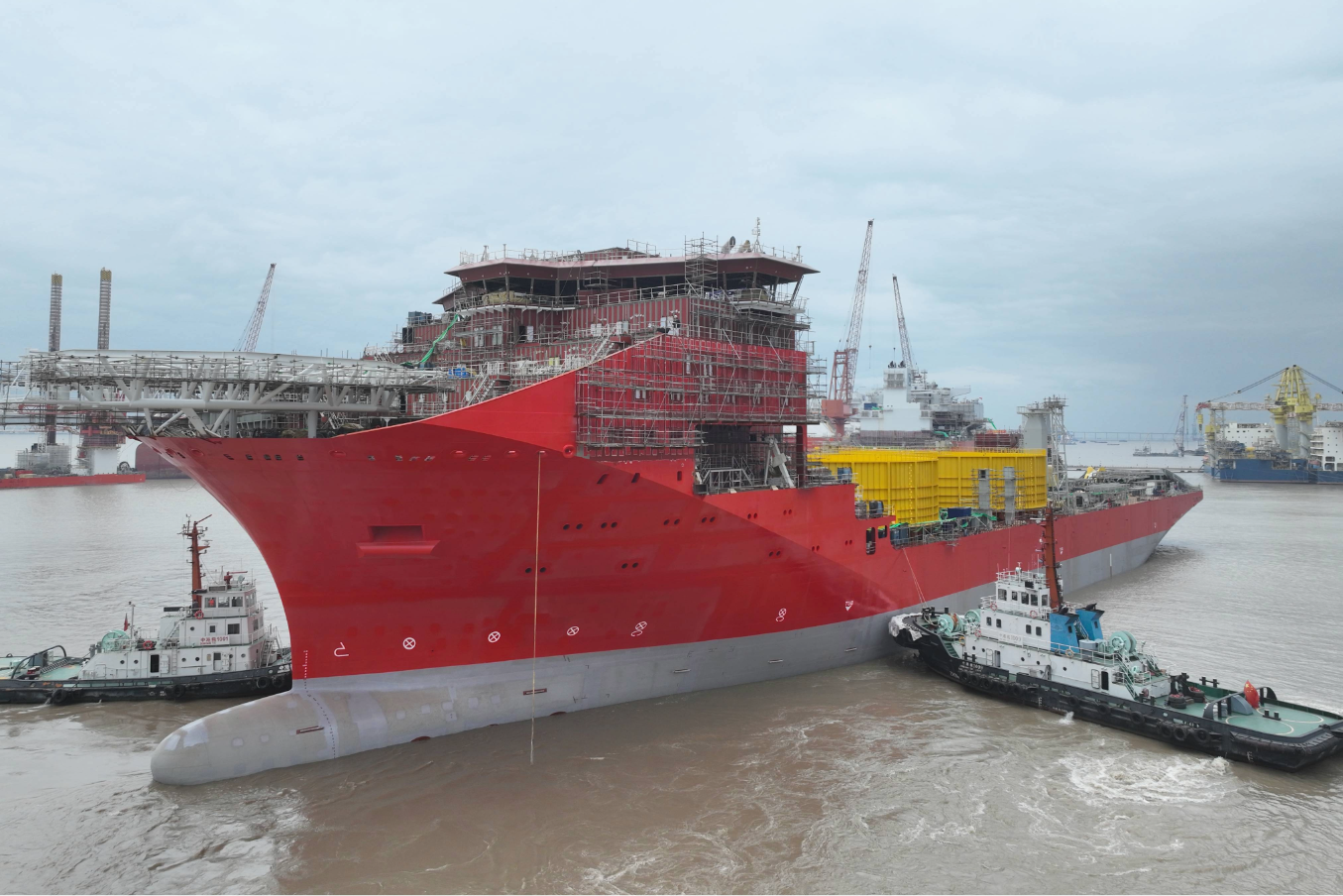
- Global demand for subsea infrastructure supporting energy transmission is particularly high.
- To meet this demand, Jan De Nul is building the two largest vessels for subsea cable installation in the world.
- With the launch of the Fleeming Jenkin, the first of these vessels is entering the final construction phase.
Jan De Nul launched its newest cable-laying vessel: the Fleeming Jenkin. The company will use it to install subsea cables for the transmission of renewable energy. The vessel has a loading capacity of 28,000 tonnes, making it the world’s largest of its kind. Delivery is scheduled for the second half of 2026.
The launch took place by flooding the dry dock at the CMHI Haimen shipyard in China. The final vessel construction phase now begins, including sea trials.
With a loading capacity of 28,000 tonnes and a length of 215 metres, the Fleeming Jenkin is the largest cable-laying vessel in the world. She is specifically designed to install longer and heavier cables in ultra-deep waters up to 3,000 metres. Besides the Fleeming Jenkin, Jan De Nul is also building a second cable-laying vessel, the identical sister vessel William Thomson.
Wouter Vermeersch, Director Subsea Cables Offshore Energy at Jan De Nul: "The Fleeming Jenkin combines all the cable installation expertise we have built up over the past fifteen years. The entire vessel and the technologies on board were designed by our in-house specialists. The result is a vessel that operates very efficiently, reducing both the cost price and the ecological footprint of our projects."
First assignment: 2,800 kilometres of subsea cables for TenneT’s 2GW projects
Once operational, the Fleeming Jenkin will immediately start her first assignment: the 2GW Program by TenneT, the grid operator for the Netherlands and large parts of Germany. This 2GW Program introduces a new generation of offshore grid connection systems that can each transmit up to two gigawatts. This is more than double the capacity of existing connections, usually between 700 and 900 megawatts. For comparison, an average nuclear power plant typically generates between 1 and 1.6 gigawatts. Fleeming Jenkin will install export cables on four of these 2GW connections, bundling and laying four cables together. This results in a total of more than 2,800 kilometres of cable being installed over a distance of more than 700 kilometres.
Investing in a reliable energy network
The global demand for subsea energy infrastructure is high. According to the European Network of Transmission System Operators for Electricity, around 400 billion euros will need to be spent by 2050 to build Europe’s transmission infrastructure for offshore energy, supporting Europe’s goal of 355 gigawatts of installed offshore wind capacity for renewable energy1.
These investments are essential to make renewable energy reliable. Wind and solar production must match consumer demand, so energy must be transmitted efficiently. Subsea cables play a crucial role, bringing energy ashore and linking grids across countries and regions to balance shortages and surpluses.
Wouter Vermeersch: "The Fleeming Jenkin and her twin vessel William Thomson are the best vessels on the market for installing interconnection cables that connect energy grids over longer distances. These connections are crucial for building a reliable energy network based on renewable energy."
Protection of subsea cables
Last week, Jan De Nul also announced a new vessel to protect subsea cables: the George W. Goethals. Due to their strategic importance, these cables can be a target for sabotage. The new vessel protects the cables with large rocks at a depth of up to 400 metres. It is Jan De Nul's third rock installation vessel capable of transporting more than 30,000 tonnes of material.
Additional crew wanted
Jan De Nul is busy assembling a strong crew for both the Fleeming Jenkin and her sister vessel William Thomson. They are still looking for specialised engineers, technicians and operators to strengthen their team. Candidates can apply via careers.jandenul.com.

About The Fleeming Jenkin
Cable-carrying capacity of 28,000 tonnes
The Fleeming Jenkin will be equipped with three cable carousels and a large hold for fibre optic cables, capable of laying up to four cables simultaneously. Two carousels are mounted on deck, with a third below deck. The combined cable-carrying capacity amounts to 28,000 tonnes, which is double the capacity of any other cable-laying vessel currently on the market.
Cable tensions up to 150 tonnes
On the aft deck, the vessel is equipped with a chute and a cable-laying wheel. In combination with the tensioners, the chute allows installation of cables in shallow waters, while the cable-laying wheel makes installation at great depths more efficient. The tensioners enable the vessel to handle and control cable tensions up to 150 tonnes – the weight of the Statue of Liberty.
Green technologies
The vessel is an Ultra-Low Emission vessel (ULEv). ULEv is a highly advanced dual exhaust filter system which removes up to 99% of nanoparticles from emissions using a diesel particulate filter and a reduction system for nitrogen oxides (NOx). The system also significantly reduces exhaust gas pollutants. The engines of the vessel can run on biofuel and green methanol, reducing CO₂ emissions.
Thanks to the ULEv system, the vessel complies with the strict European Stage V emission standards for inland waterway vessels. Moreover, the NOx emissions are reduced to such an extent that this vessel meets the even stricter EURO VI emission limits.
Electric Hybrid vessel
The hybrid power plant on board also contributes to the reduction of CO2 emissions and optimal fuel usage. It combines the generators with a 2.5 MWh battery and drive technology, designed for peak shaving, load smoothing, spinning reserve and optimized engine loading.
More details here: Fleeming Jenkin_0.pdf.
About Jan De Nul
Jan De Nul shapes water, land and energy around the world, addressing some of the most important challenges of our time. From the rising sea level to the energy transition, from polluted soil to sustainable construction: we engineer solutions that future-proof our world, known for their complexity and high stakes. Our Can-Do people focus on four areas of expertise: Offshore Energy, Dredging Solutions, Construction Projects and Planet Redevelopment. Together, we all work towards one shared goal: to improve the global quality of life for generations to come.
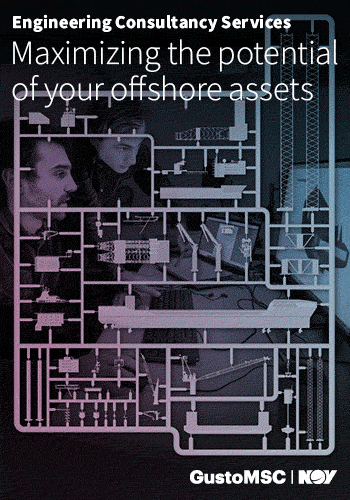

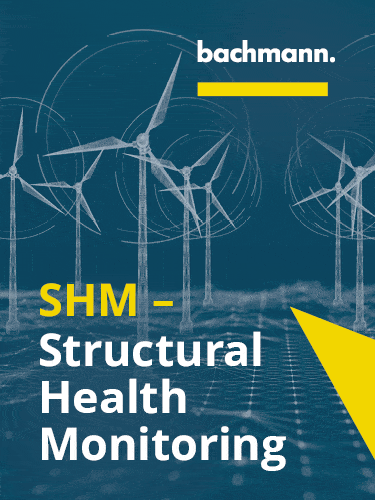

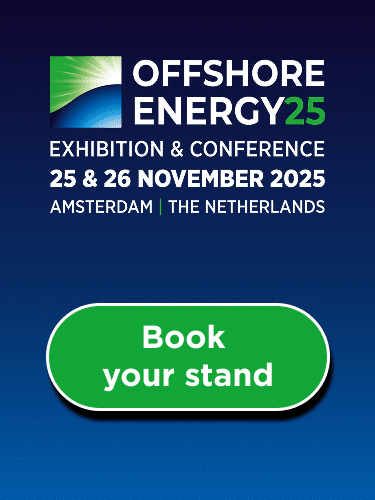


.gif)
